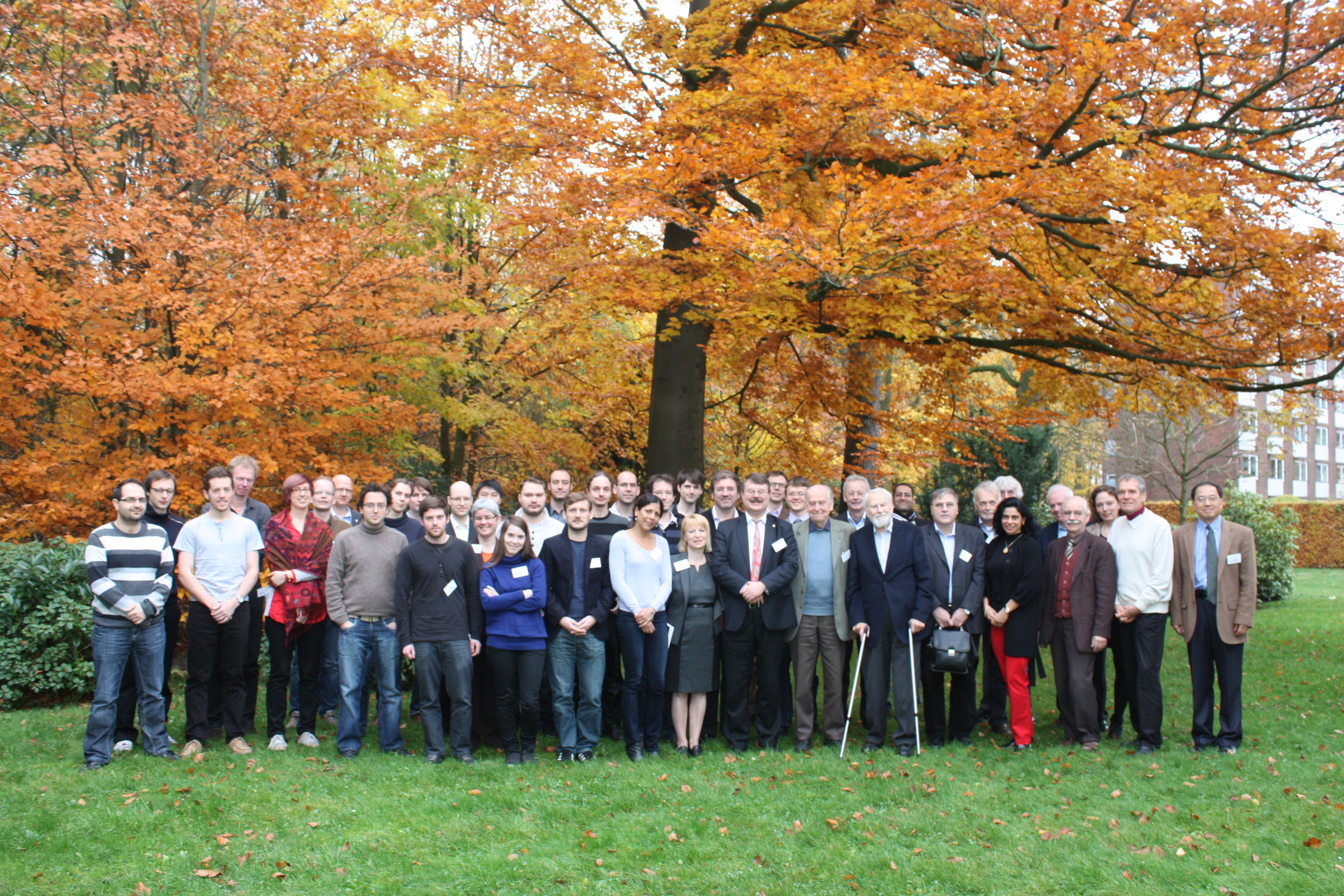| |
In numerous systems of both living and nonliving nature complex spatio-temporal or functional patterns of self-organization processes are ubiquitous.
They are extremely important in physics, chemistry, biology, medicine, as well as in the engineering, and even in the social sciences.
Understanding such self-organization processes over the past several
decades has not only changed physics, but has also led to improvements in our daily life. Hermann Haken, who
is celebrating his 85th birthday this year, is an internationally recognized pioneer in this respect, having laid the
mathematical-physical basis for describing and analysing self-organization processes with his fundamental theory of synergetics.
Haken successfully applied synergetic methods to investigate the laser and other physical systems, as well as in studies on the brain.
Since it was founded, this truly interdisciplinary field has experienced a rapid growth, both in terms of the mathematical-physical methodology and the success that has been
achieved by applying it to a diversity of different fields of research.
On all length scales and in all areas of human life - from the quantum level right up
to the spread of disease over air traffic junctions - self-organization and complex dynamics behavior have turned out to play a key role. A more in-depth
understanding of these processes will allow the development of diverse methods of control with which we can attempt
to master the complexity of these systems.
The potential of practical applications can certainly be enhanced if the different disciplines share their advanced and sophisticated methods,
as well as their experiences with each other. Therefore, the planned Symposium is aimed to cover the research field synergetics as a whole, ranging from basic methods
to concrete applications, by taking advantage of its interdisciplinary impact.
Moreover, by combining a historical review with a present status report
the Symposium will give young scientists an understanding of the allure and potency of this branch of research as well as its applicability in the future.
|
|

